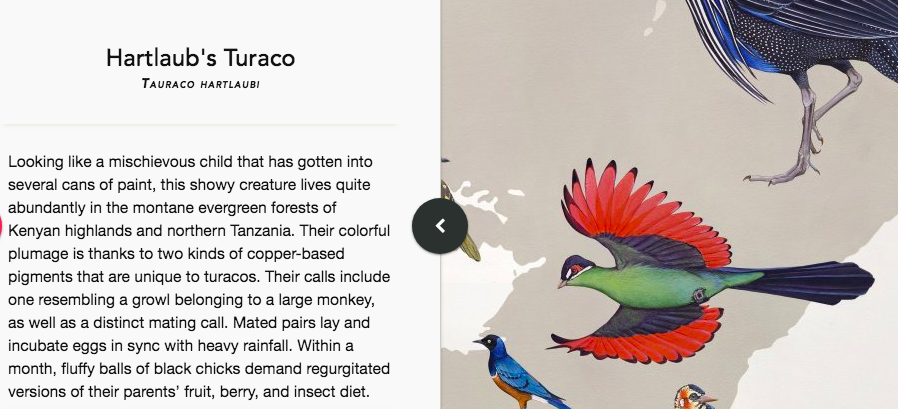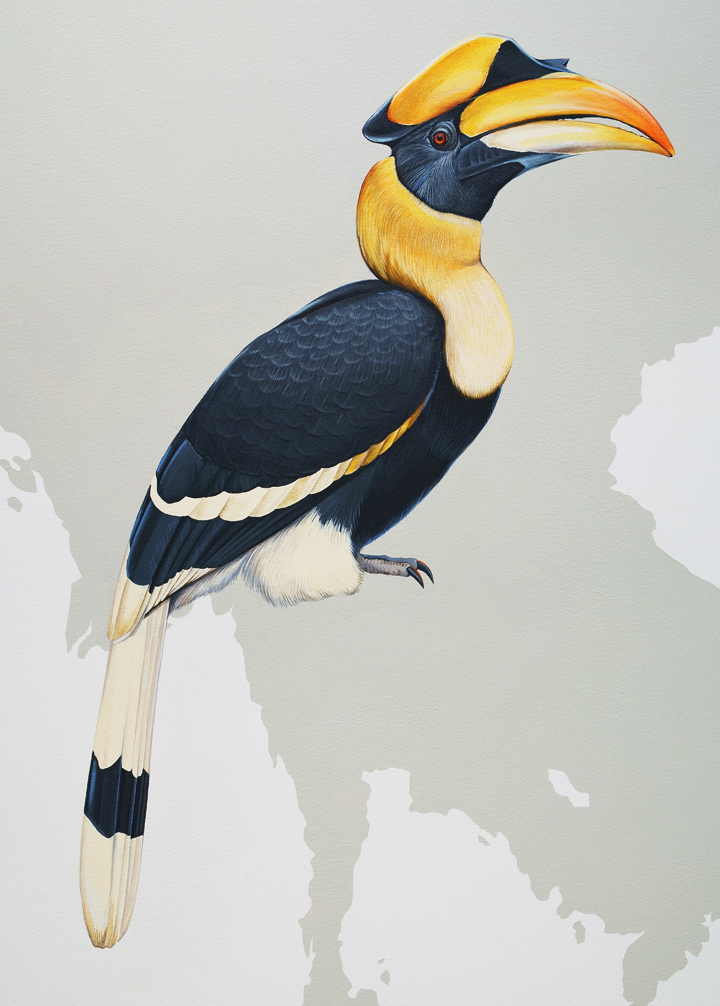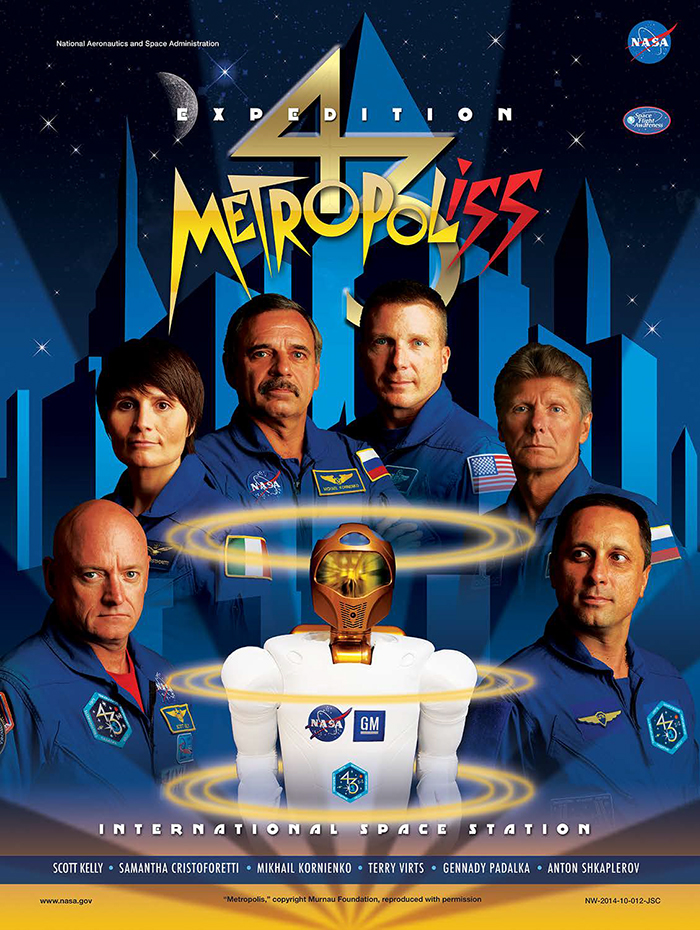It’s too easy, when our historical knowledge is limited, to mistake effects for causes, to fall for just-so stories that naturalize and perpetuate inequality. Many of us may have only recently learned, for example, that the moon landing would not have been possible without mathematician Katherine Johnson and her Hidden Figures colleagues, or that the Hubble telescope would not have been possible without astronomer Nancy G. Roman (now immortalized in LEGO). Prior to this knowledge, we might have been led to believe that women had little to do with humankind’s first leaps into outer space, to the surface of the moon, and beyond.
Cornell University historian of science Margaret Rossiter has called this phenomenon “the Matilda effect,” after an 1893 essay by suffragist Matilda Joslyn Gage. Rossiter spent years trying to counter the dominant narratives that leave out women in science with a multi-volume scholarly history. Counter-narratives like hers now appear regularly online. And popular media like the book, then film, Hidden Figures have inspired other academics to drill into the history of their fields, find the women who have been ignored, and try to understand the how and why.
When Brown University’s Emilia Huerta-Sánchez and San Francisco State University’s Rori Rohlfs saw Hidden Figures, they decided to research their specialization, theoretical population genetics. It may not be as glamorous as space travel, and their research may not become a Hollywood film or LEGO set, but the results they unearthed are revelatory and important. During the 1970s, for example, “a pivotal time for the field of population genetics,” notes Ed Yong at The Atlantic, the two researchers and their team of undergraduates found that “women accounted for 59 percent of acknowledged programmers, but just 7 percent of actual authors.”
Those women were scientists doing “crucial work,” writes Yong. One programmer, Margaret Wu, created a statistical tool still regularly used to calculate optimal genetic diversity. Her model appeared in a 1975 paper and is now known as the Watterson estimator, after the “one and only” named author, G.A. Watterson. “The paper has been cited 3,400 times.” Today, “if a scientist did all the programming for a study, she would expect to be listed as an author.” But the practice only began to change in the 1980s, when “programming began changing from a ‘pink collar’ job, done largely by low-paid women, to the male-dominated profession it remains today.”
The marginalization of female programmers during some of the field’s most productive years—their relegation to literal footnotes in history—has created the impression, as Huerta- Sánchez, Rohlfs, and their co-authors write, that “this research was conducted by a relatively small number of independent individual scientists nearly all of whom were men.” See a summary of the authors’ findings in the video above. To obtain their results, they combed through every issue of the journal Theoretical Population Biology—nearly 900 papers—then pulled out “every name in the acknowledgments, worked out whether they did any programming, and deduced their genders where possible.”
The study, published in the latest issue of Genetics does not comprehensively survey the entire field, nor does it definitively show that every programmer who contributed to a paper did so substantively enough to warrant authorship. But it does not need to do these things. The disparities between named authors and marginally acknowledged scientific laborers in a major journal in the field calls for an explanation beyond selection bias or chance. The explanation of systemic bias not only has the benefit of being well-supported by a huge aggregate of data across the sciences, but it also presents us with a situation that can be changed when the problems are widely seen and acknowledged.
The study’s results “dispel the misconception that women weren’t participating in science,” the researchers point out in their video, and they suggest that a significant number of women in genetics weren’t given the credit they deserved. Huerta- Sánchez and Rohlfs walk their talk. The undergraduate researchers who worked on “Illuminating Women’s Hidden Contribution to Historical Theoretical Population Genetics” are all named as authors in the paper, so that their contributions to writing a new history of their field can be recognized.
via The Atlantic
Related Content:
Josh Jones is a writer and musician based in Durham, NC. Follow him at @jdmagness




















